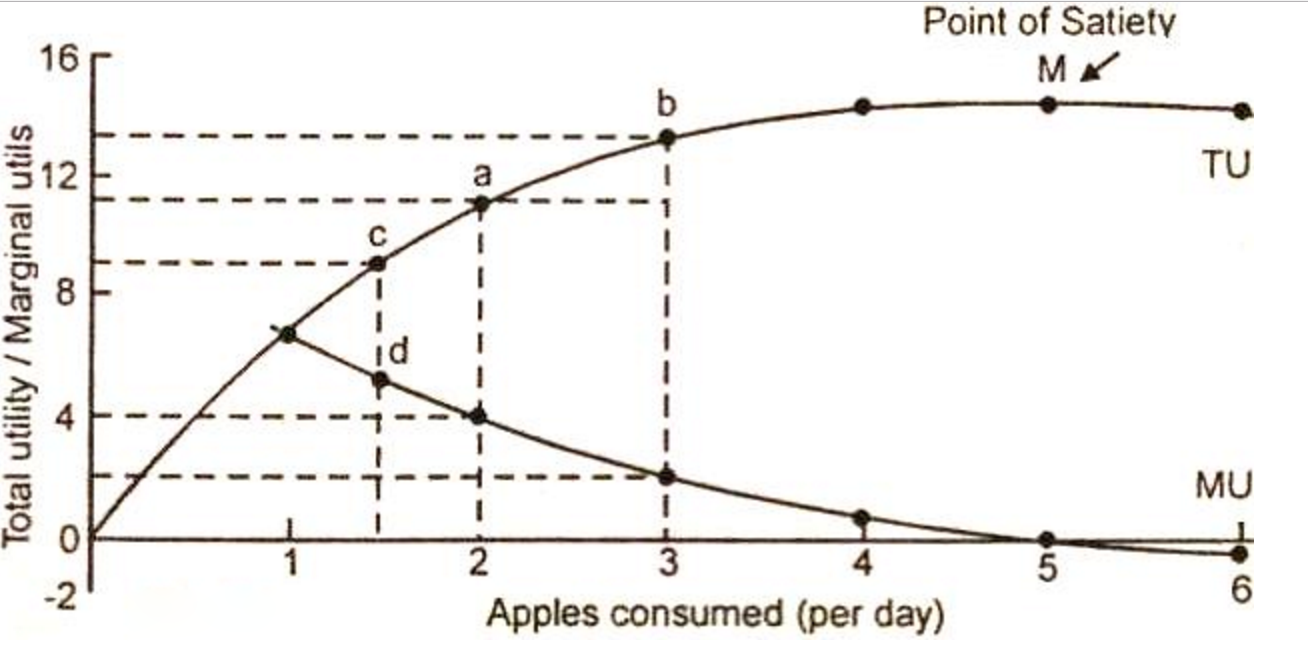Understanding Economics for Design
I have always been a strong proponent of the fact that designers need to constantly keep an eye on other disciplines of study. It contributes to the holistic learnings for the designer. So, it disappoints me when the students in a lot of design schools today do not read. I have made reading compulsory in the classes I am teaching this semester. One of the things I always enjoy reading about is Economics.
I recently have enrolled in this class on Public Policy, and Economics is one of the core courses in this. I have always been interested in Economics, and have often considered learning more about it. This became even more evident, when I found myself constantly referencing different aspects of Economics while discussing how human behaviour has changed over the years in India, since the liberalisation of the 1990s. Whether it be education, transport, healthcare, retail or entertainment, our lives in India was never the same after the then PV Narasimha Rao government open up the doors to more foreign investments in the country.
The more I read about the circumstances in which things happened and the decisions that were take to ‘save’ the country, the more intrigued I get about it. I get into a series of nostalgia, trying to recollect the India from my school days from 1991 onwards.
On Rational Behaviour and Design
At the core of economics is the notion of rationality and that all decisions made by the end beneficiary is based on perfectly sensical rational behaviour. One of the key notions we face, is how do we design for rational behaviour?
Policies are created to make people act with rational behaviour, which is the act that they do in their best personal self interest. This brings us to the notion of subjectivity, that we rely so much heavily on in design.
When we think of design, we want our users (customers) to go with this rational behaviour. We often mention that the users should feel completely natural in performing an action.
There are few fundamental aspects of economics that are important for designers to understand.
The concept of utility is amongst the most important of them all.
In economics, utility is a measure of preferences over some set of goods and services. The concept is an important underpinning of rational choice theory in economics and game theory, because it represents satisfaction experienced by the consumer of a good. A good is something that satisfies human wants.
This is further divided into two kinds. Total utility and Marginal Utility.
Total utility is the total satisfaction received from consuming a given total quantity of a good or service, while marginal utility is the satisfaction gained from consuming another quantity of a good or service. Sometimes, economists like to subdivide utility into individual units that they call utils.

As you can note, as we increase the consumption, the Total Utility (TU) increases and our Marginal Capacity decreases.
This understanding of utility can be an important thing when thinking about experiences as well. What is the just the amount of experience you could provide to the users could be termed as the total experiences. What if the user did that extra task that convinced them to do one thing more. This is the marginal experience that he/she has gained by doing that extra task.
When these extra tasks end up becoming higher in number, we lose out on the total experience gained in the first place and the marginal experience is not that substantial to add any value to the earlier felt experiences.
Many times in the desire to do more, we end up adding a lot of features to product interfaces. This is a classic example of us trying to give more to the user than he has an appetite for.

